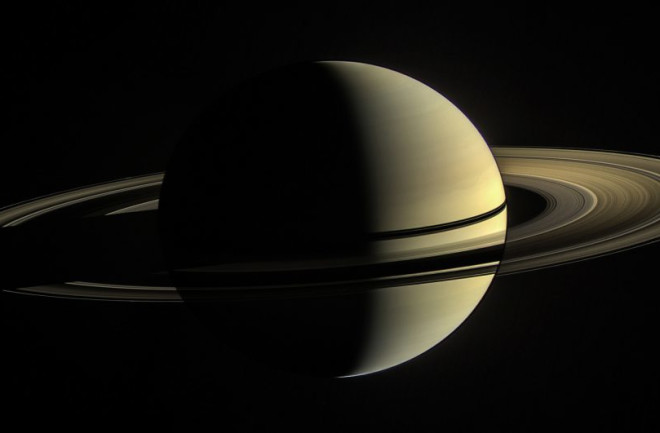Since Cassini plunged into Saturn’s atmosphere in 2017, ending its 13-year mission, scientists have continued to comb through the rich store of data it sent back, especially during its last year, when it dove closer to Saturn’s rings than ever before.
Among the findings are a deep look at the complex ring system, which hid more structure than scientists expected, including “straw-like” texture, tiny gaps shaped like propellers, and wavy, sculpted edges to the rings. Scientists still don’t know what causes some of these structures, something we may need to wait until the next big Saturn mission to find out.

